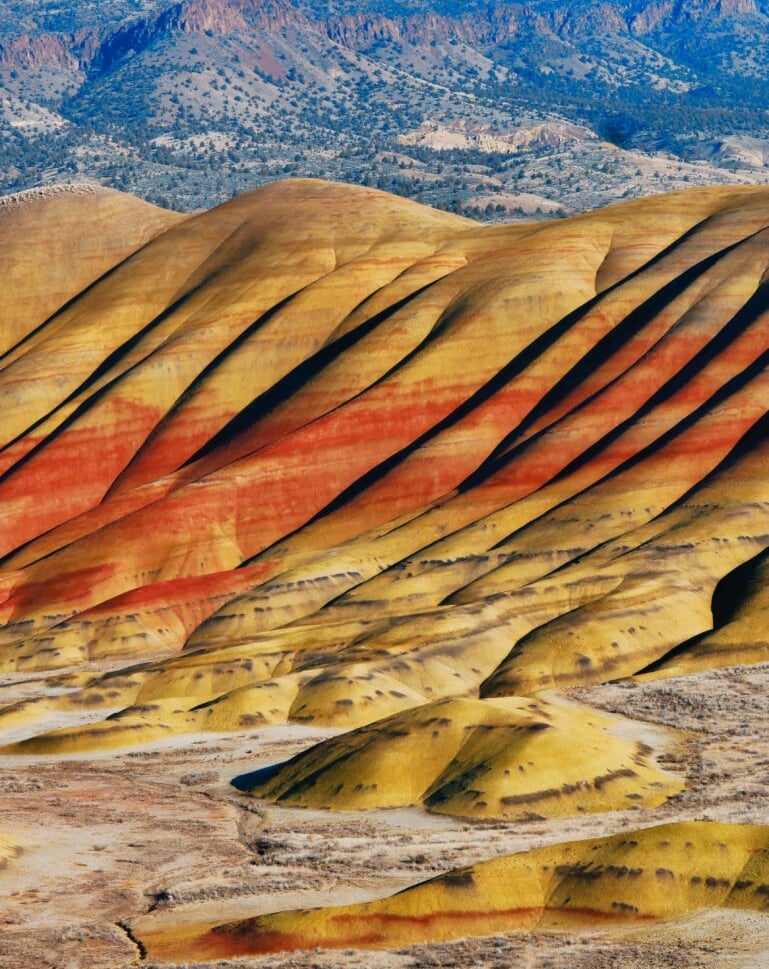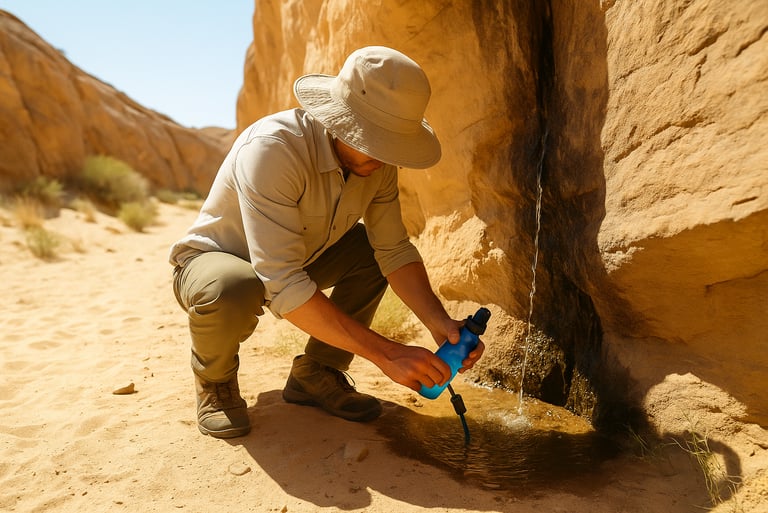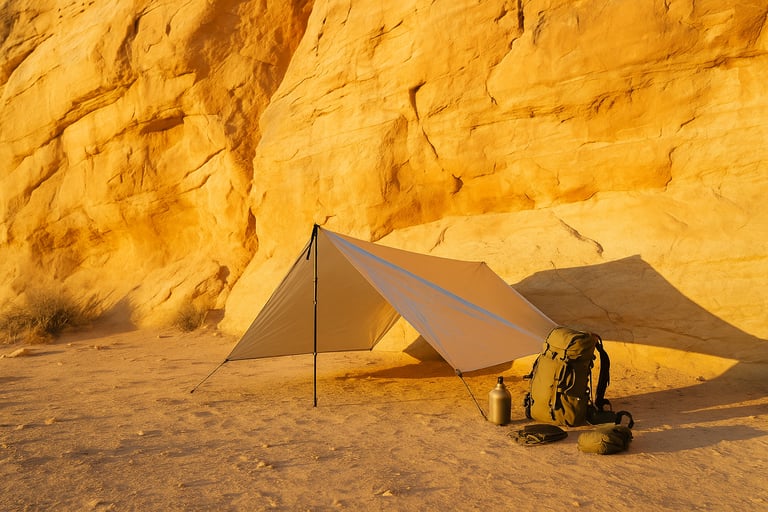Surviving the Desert: Smart Strategies for Extreme Environments
Learn how to survive in the desert with expert tips on hydration, shelter, and heat protection. This beginner-friendly guide shares essential desert survival strategies for staying cool, safe, and resourceful in harsh, arid conditions.


Surviving the Desert: Smart Strategies for Extreme Environments
Understanding Desert Survival Challenges
The desert can be both breathtaking and brutal. With intense heat during the day, freezing temperatures at night, and a lack of reliable water sources, it’s one of the most demanding environments you can face. Whether you're exploring a desert on purpose or find yourself stranded unexpectedly, knowing some core survival strategies can dramatically increase your chances of making it out safely.
Prioritizing Water: Hydration is Your Lifeline
Dehydration is the number one threat in a desert. Your body loses water fast in the heat, especially when you're active. To prevent heatstroke and exhaustion, limit physical activity during the hottest hours, usually from late morning to mid-afternoon, and ration water wisely. Drink small, regular sips rather than waiting until you feel thirsty.
Learning how to find water in the wild is one of the most essential desert survival skills, especially when natural sources are scarce.
If you know you’re heading into a desert zone, always carry more water than you think you'll need, ideally in a hydration bladder or multiple bottles. If you come across a water source, purify it before drinking; even desert water can carry harmful bacteria.
Protecting Yourself from Sun and Heat
Exposure is another critical danger. Direct sunlight in the desert can burn skin quickly and raise your body temperature to dangerous levels. Lightweight, loose-fitting clothing with long sleeves and a wide-brimmed hat can provide essential sun protection. Sunglasses and a scarf or bandana can help block dust and shield your face.
If you're caught in the open with no shelter, use whatever you have — emergency blankets, backpacks, even clothing — to create shade until the heat passes. Knowing how to prevent heat stroke and dehydration can help you avoid life-threatening conditions when the temperature spikes.
Creating Shelter in an Arid Landscape
Deserts often have limited natural shelter, but you can build your own to protect yourself from sun and wind. A basic tarp stretched between rocks or trekking poles can work wonders. If you have no tarp, try to find natural features like boulders or canyon walls to tuck against. Your shelter should block sunlight during the day and retain warmth at night when temperatures drop.
Recognizing the Signs of Heat Illness
Even with careful planning, heat exhaustion or heatstroke can sneak up on you. Watch for symptoms like dizziness, nausea, rapid heartbeat, confusion, or heavy sweating that suddenly stops. If you experience any of these, get out of the sun immediately, drink water, and cool down by wetting your clothing or skin. Rest until your symptoms improve before continuing.
Navigation and Signaling in the Open
Getting lost in a desert is dangerous, so always carry a map, compass, or GPS device, and know how to use them. Stay on visible trails if possible, and mark your path if you're off-track. Navigating without a compass is a vital skill if your tools fail in the open.
If you're trying to be rescued, create large signals using rocks, clothing, or mirror flashes to catch attention from above.
Final Thoughts: Stay Calm, Think Clearly
Panic is your worst enemy in survival situations. Stay calm, assess your resources, and act with purpose. The desert is harsh, but with a clear head, practical gear, and the right knowledge, you can outlast even the most extreme heat.




© 2025. All rights reserved About | Privacy Policy | Terms and Conditions | Affiliate Disclosure | Disclaimer


